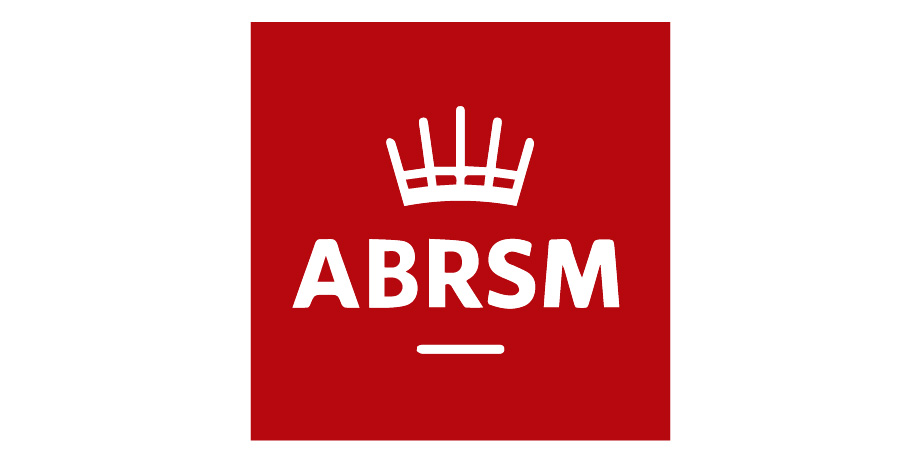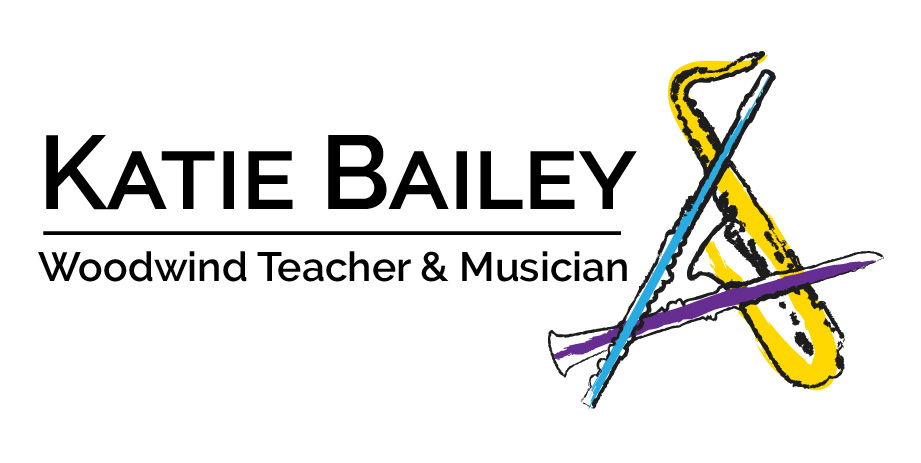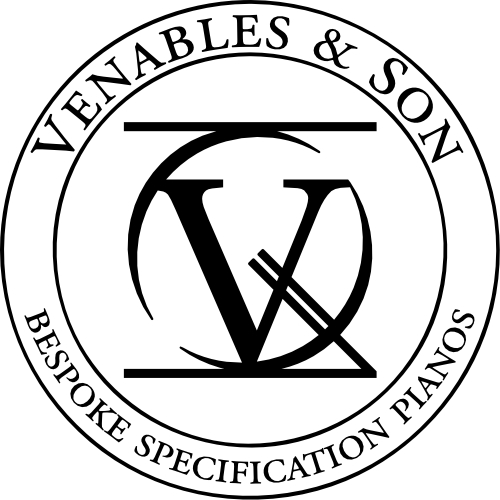The sound of a hammer hitting a string which is then amplified by a soundboard is the sound that every piano student must become tuned in to. Each time the strings of a particular note are struck they produce a spectrum of overtones that are unique to that particular piano. The ability to manipulate this sound is what sets the piano apart from the keyboard and the electric piano. More importantly, it is one of the greatest nuances of piano playing.
Be wary of old pianos that are worth less than the cost of moving them.
Using the right instrument
What is the wrong instrument? For a detailed answer to that question, you may be interested in our published piano buyers guide (there is a link at the bottom of the page). But in the context of this post, an unsuitable piano is an instrument with which it is impossible to produce different sounds. These instruments include keyboards, electric pianos and the vast majority of uprights built in the 1930s when they were designed primarily as a piece of furniture without much thought towards tone or durability.
Without the ability to produce an organic and variable tone, the player will not be able to learn how to control it, something that will become a severe handicap during the later stages of piano education. Every great pianist has an appreciation of the subtle art of creating their own unique sound at the piano. Concert pianists will very often have pianos they are performing on specially prepared by a piano technician.
Finding your sound
This statement may sound abstract, however, everyone has sounds that they find pleasing and sounds that they find unpleasant. This is true of pianos too. Each individual piano has its own unique timbre which comes about from a variety of components such as intensity, brilliance and resonance.
A lot of pianists talk about the "brilliance" of a piano, but what do we mean when we use this term? A more brilliant piano produces a more distinct contrast between notes. The sound is sharper and clearer. The less brilliant piano produces a warmer and more mellow sound. Lots of factors affect the brilliance of a piano, including the softness of the hammer felt and the temperament of the soundboard.
“Sound production is a very subtle art that responds not just from the hands but from the mind as well. The mere thought of a different sound can affect the tone which is produced.”
Learning the variables
The above describes how different instruments and different preparations can change the sound production of a piano, but what can the performer do to influence this? Sound production is a very subtle art that responds not just from the hands but from the mind as well. The mere thought of a different sound can affect the tone which is produced.
A good example of "thinking" the sound is when playing dynamics. Beginner pianists may think of dynamics as indicators of volume, however, this implies that each marking is a specific number of decibels. This is most definitely not the case; the very word "dynamic" implies something that is constantly changing and evolving. Dynamics are all relative to the piece, instrument and performer, and are one of the most powerful expressions of character that a pianist can harness. A note played forte is a loud note. A note played forte with the thought of being triumphant or angry becomes a musical statement.
“A note played forte is a loud note. A note played forte with the thought of being triumphant or angry becomes a musical statement.”
It is for this reason (amongst many others) that electric keyboards are unsuitable for piano students, even if they have weighted keys. When you play a note what you are hearing is a recording of somebody else's sound which they have created on a real instrument. Students may find that an action that seemed to produce a pleasing sound on an electric instrument does not in fact produce the same sound on an acoustic instrument. Whatever the thought or action behind the playing the pianist will still hear the same prerecorded sound.
Special effects
There is also the matter of pedalling to consider. I am of the opinion that a piece is best rendered when learned with legato fingering which negates the need for the damper pedal (also known as the sustain pedal). Once the pianist is able to execute their musical ideas using their fingers alone then the pedal may be added as a special effect. One of my teachers once said to me: "if you were building a chair, you would note begin by varnishing each individual component. You would first assemble the chair, and only then apply the varnish as a finishing touch."
As the pedal functions by lifting the dampers off the strings it will drastically change the sounds produced by the instrument. Sometimes it is necessary to practice pieces with the pedal so as to experiment with the different spectrum of sounds that it makes possible. Do not make the mistake of believing that music written for the harpsichord or clavichord should be played without pedal. Though these instruments were not built with a sustain pedal, their construction allows each note to reverberate with a halo of overtones from the other strings. Because the piano has dampers on the strings the "naked" sound is far less rich, meaning that with an appropriate amount of pedal it will more closely emulate early instruments than without.
This is where the pedal really comes in to play; not simply as a tool for playing legato but as a means of creating numerous effects. For example, the opening chord of Liszt's Spanish Rhapsody are indicated to be played with the pedal. This would seem strange as they are marked to be played staccatissimo, however, the reason for this becomes clear when taking in to account the function of the pedal. With all the dampers raised every string within the piano is free to vibrate, thus amplifying the sound beyond what would be ordinarily capable. Liszt wanted this first chord to ring out across the concert hall; this was his way of achieving the desired effect.
Because modern pianos have become considerably more robust than they were in Liszt's day the need for this effect is somewhat diminished, however, they are plenty more opportunities to enhance the music using the pedal. In the above excerpt, Liszt indicates that the pedal should be held down for the entirety of each arpeggiated octave passage. However on a modern piano if the pedal is applied gradually across the duration of each passage it will create a graded crescendo which culminates in a mighty roar.
“When making pedalling decisions it is important to consider the effects of the mechanical action as well as the pedal’s basic function.”
This is just one such effect which is possible with the sustain pedal. We must also not neglect the una corda (also called the soft pedal), which shifts the hammers inside a grand piano so that they strike only two of the three strings tuned to each note. This reduces the volume of the piano, however, it must not be used solely for pianissimo playing as - like the damper pedal - it also changes the character of the sound. When making pedalling decisions it is important to consider the effects of the mechanical action as well as the pedal's basic function.












